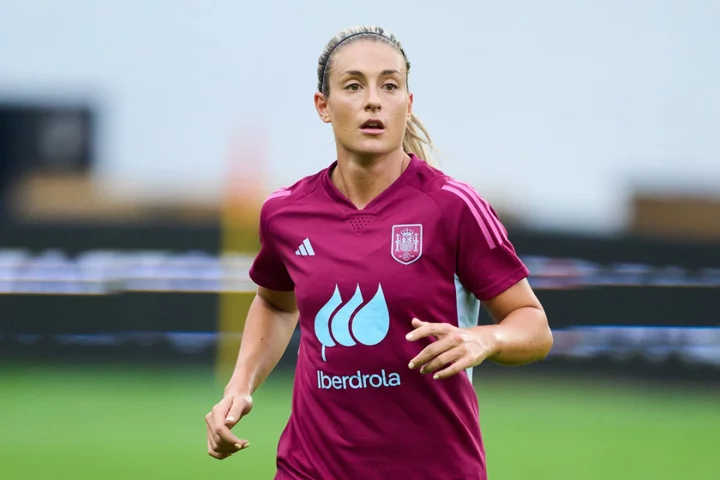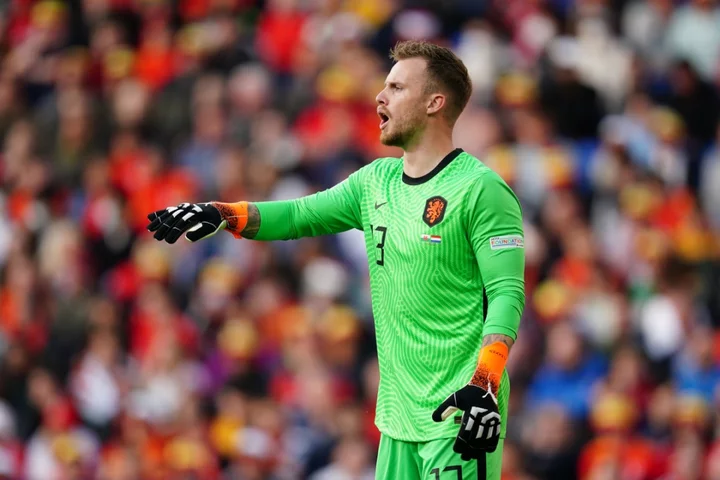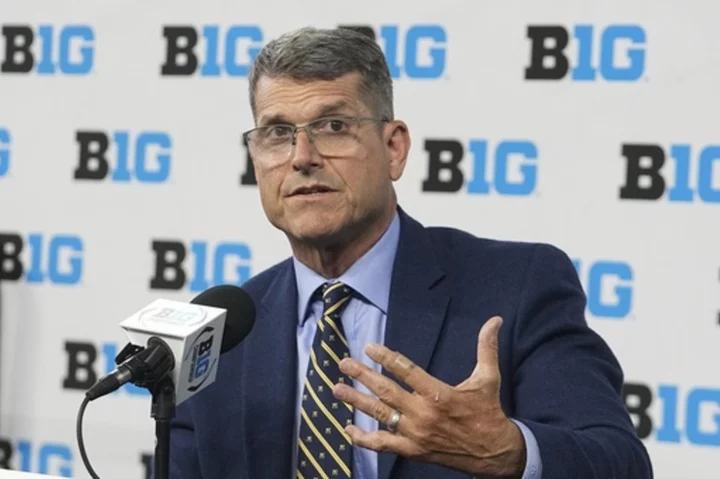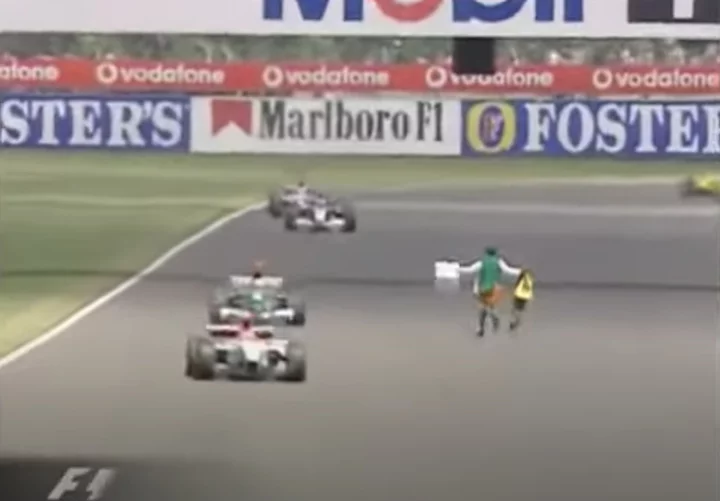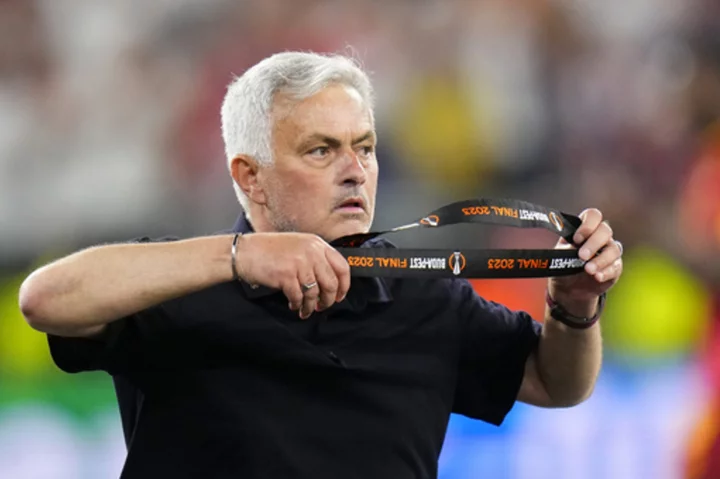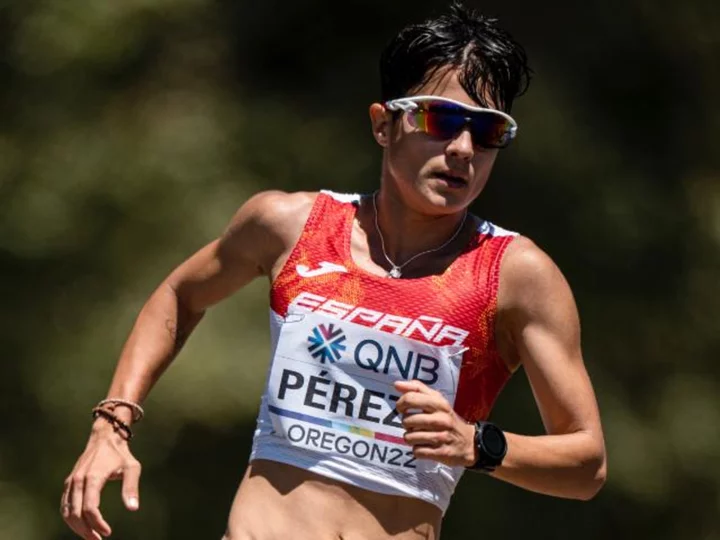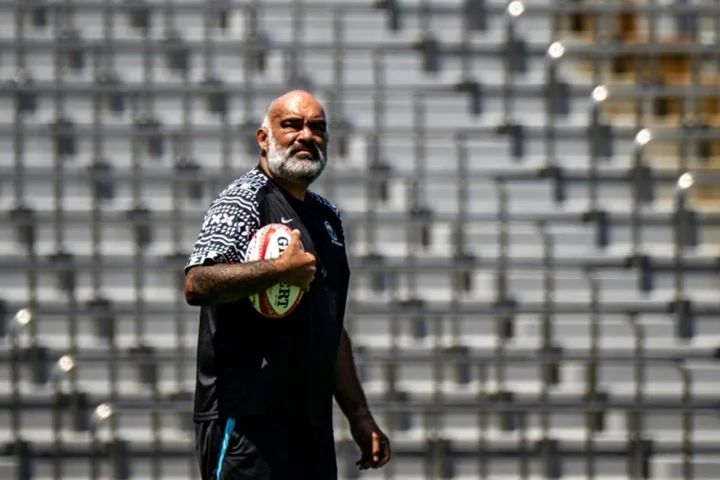As the squads have been adjusting to Australia and New Zealand over the last few weeks, many coaches and staff members have been doing what the rest of the public does, bouncing around news stories about the different teams to see how they are doing. It is the point at which an international tournament takes on that enticingly self-contained quality. All eyes still go to the USA, especially with this being Megan Rapinoe’s last World Cup, and the squad looking to see her off with a historic third successive victory.
As the defending champions themselves look around the field, though, they aren’t seeing what they used to. There is the usual confidence, of course, but also some caution. The gap between them and the rest of the teams isn’t as big. Rapinoe’s retirement may well close out a wider era, since the dominant factor in women’s football over the last decade has been how the USA have enjoyed much longer-term development than the rest of the game. That has been seen as especially influential as regards physical conditioning, but the general feeling is that the European game and Australia have caught up.
England would certainly have no fears there, especially given how they beat the USA in that signpost match back in October.
This could well be a threshold tournament. In many ways, of course, that’s the way to describe almost every women’s tournament at this stage of the game’s development. It is evolving at such a pace that every competition brings something new. Australia and New Zealand will still have had so much more than most when viewed from the perspective of history.
It is fittingly the biggest ever, matching the men’s with 32 teams and spanning across two countries for the first time, just at a point when football cultures like England’s enjoy a boom of interest and Spain’s sees some of the best-attended fixtures on the planet. There’s then the joyous buzz around both New Zealand and Australia, the latter host nation looking to carry that emotional momentum all the way to the trophy itself. If ever there was a time for the tournament to expand, it’s now.
That has still brought the counter-argument that it has expanded too quickly and it will merely create a group stage that is essentially a pre-tournament characterised by mismatches. There’s a real sense – not least among the eight to 12 teams genuinely believing they can go all the way - that the “real World Cup” won’t start until the last-16 in August.
That is likely to be one cost of expansion, but the real question is whether it is outweighed by the value.
That could be an emphatic yes, especially when you consider the value that can’t be measured. That is the excitement that is going to be felt in the competing countries, especially the eight debutants reaching this stage for the first time, or those unused to such a level. Put simply, new heroes and influences will be born. New memories will be created. That may seem trite, but you only have to look at last summer in England for the truth of it. There's nothing like the buzz that participation brings.
Ireland are almost the perfect example in this sense. They form one of a burgeoning middle class of sides, between the favourites and the minnows, who are mostly hoping to develop in this campaign. There are so many banners put up around the country and the team have regularly been on television. Imagine this replayed a few times over, particularly in the Philippines and Morocco. Many traditional men’s football cultures feel the same. Argentina are desperate for a first win. Italy, Portugal and Denmark are seeking the next step up.
This has played into the tournament’s second game perhaps being the biggest event of the opening stage. Australia-Ireland will hopefully set a tone in terms of atmosphere. Aside from launching what the hosts hope will be a victorious campaign, it has had immense interest from the huge Irish diaspora in the region. That has already seen it moved from Sydney Football Stadium to the 83,500-capacity Stadium Australia.
It is a match to savour, for all sorts of reasons.
It is also one that inadvertently points to some of the other challenges posed by this World Cup’s specific stage.
As glorious as Australia and New Zealand are as hosts, there is the slight pity that it is this tournament that arrives just as Europe becomes so invested in the women’s game and so many of the continent's sides see themselves as winners. Their games will be far from prime time.
That did play into the unfortunate delay on broadcasting rights in Europe, even if there was the sense that some broadcasters sought to cynically use this excuse to low-ball Fifa. Late-morning and afternoon kick-offs are still great for the many children that form the Women’s World Cup audience, given its more diverse demographics.
It’s not just time that’s an issue, though. There’s the distance, which has meant Ireland are one of the few nations taking up anything close to their full allocations. Some sources within fan groups have been critical of the sales campaigns from both Fifa and federations, arguing they didn’t undertake anything like the same processes as with the men’s World Cup.
“Some just didn’t bother selling tickets,” one connected figure says. “Others only gave fans a few days. There should be additional impetus for a women’s tournament, but it was the opposite. A collective failure.”
The distance has played a part in another concern. It is hugely expensive for federations to travel. This has actually been mentioned in fractious negotiations between the Football Association and the England squad, as the players seek bonus payments that match similar elite nations in USA and Australia. Remarkably for a side that could win the whole competition, the issue has not been resolved as the World Cup starts, with Sarina Wiegman’s team merely willing to postpone discussions. The players have made the point that it just shows much still has to be fought for in the women’s game. South Africa and Nigeria have faced more extreme disputes.
This is still one area where, for all justified criticism in so many other areas, Fifa do deserve the credit. The landmark stipulation that 60 per cent of prize money is guaranteed for each individual player is both game-changing and, in many cases, life-changing.
It is again fitting for a tournament that feels new and is itself enriched by thrilling sporting vitality. There has never been a women’s World Cup as open as this. If the group stage may be characterised by mismatches, the knockouts are likely to be the complete opposite and feature an exhilarating concentration of quality and truly unpredictable games.
USA remain the favourites but injury issues that have been an unfortunate addition to the general build-up – with so many ACL problems – have ensured they aren’t what they were. A powerful Germany now run them very close, leading a fine group of sides where the gaps between them are shorter and shorter. England of course defeated that German side in the Euro 2022 final, before going on to beat the world champions and have the assurance from that, even amid injury problems of their own. Spain are perhaps the most technically luscious team in the World Cup, France the most outrageously talented. Australia have many of those qualities and more, as Sweden and the Netherlands themselves seek to make strides forward.
All of this is further fired by the kind of captivating storylines that really create great tournaments, as well as the moments that create memories.
Rapinoe is one of a few greats bowing out, as Marta bestows her experience on an exciting young Brazilian generation, and Canada seek to suitably close the career of the great Christine Sinclair.
Alexis Putellas, meanwhile, returns for Spain, determined to take command and take the chance of the kind of tournament she should have had at Euro 2022 before being denied by injury. That is framed by all the controversy around her squad and the refusal of some players to appear under coach Jorge Vilda. He may be looking to enjoy a redemption, as another male coach – the charismatic Herve Renard – becomes the first manager in history to participate in two World Cups in the space of a year. The Frenchman can take his home nation much further than he did a redoubtable Saudi Arabia in Qatar.
The stage is really being set for the real stars, though. They are Putellas, Rapinoe, Sinclair, Netherlands’ Jill Roord, France’s Wendie Renard, Germany’s Alexandra Popp, Sweden’s Stina Blackstenius, USA’s Sophia Smith, Nigeria’s Asisat Oshoala and – maybe above everyone – home star Sam Kerr, all leading a supreme cast.
Some will score goals that enter the archives. Some players will dazzle from out of nowhere. Others will suffer mishaps and misfortune. A precious few will enjoy those defining individual campaigns that decide their teams’ legacies and, ultimately, the tournament itself.
This is what makes a World Cup. This one has factors like no other before. History will be made in numerous ways. For that grand conclusion, England are one of a few countries realistically dreaming of their first World Cup win. USA are going for an unprecedented third in a row.
Most eyes remain on the champions. More eyes than ever are on the Women’s World Cup itself.
Read MoreEngland’s World Cup hinges on a defining question
England’s Lionesses park controversial bonus row on eve of Women’s World Cup
Who are the threats to the Lionesses at the Women’s World Cup?
Can France handle injuries after overcoming Women’s World Cup crisis?
Can Spain regroup from mutiny to challenge for the Women’s World Cup?
Are the United States still the team to beat at the Women’s World Cup?

